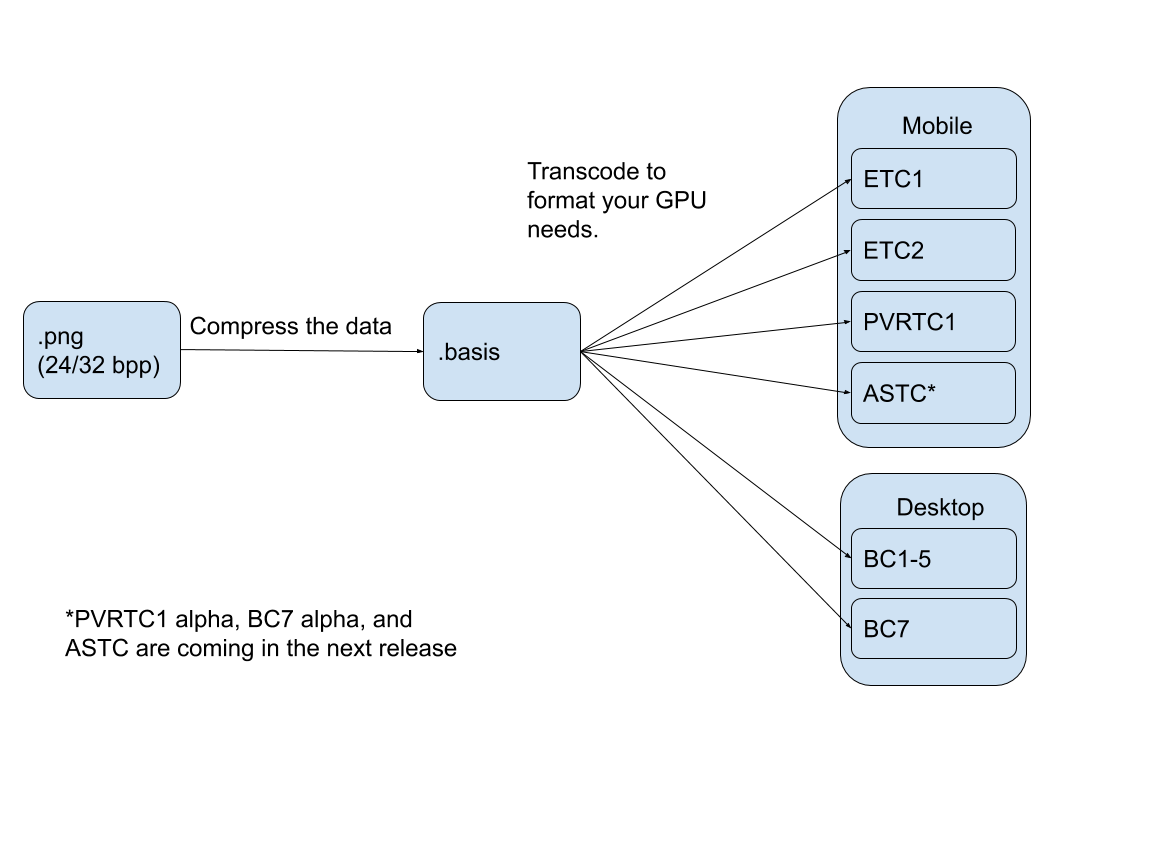“first-timers-only issues are those which are written in a very engaging, welcoming way, far different than the usual ‘just report the bug’ type of GitHub issue. To read more about these, check out firsttimersonly.com, which really captures how and why this works and is beginning to be a movement in open source coding outreach! Beyond the extra welcome, this also includes getting such well-formatted issues out in front of lots of people who may be contributing to open source software for the very first time.
It takes a LOT of work to make a good issue of this type, and we often walk through each step required to actually make the requested changes – the point is to help newcomers understand that a) they're welcome, and b) what the collaboration workflow looks like. Read more at https://publiclab.org/software-outreach!”Since early 2016, we at Public Lab have been working to make our open source software projects more welcoming and inclusive and to grow our software contributor community in diversity and size. Our adoption of the strategy of posting first-timers-only (FTO) issues was also started at Public Lab near the end of 2016:https://publiclab.org/notes/warren/10-31-2016/create-a-welcoming-first-timers-only-issue-to-invite-new-software-contributors
 During March and April, as GSoC, Outreachy, and other outreach programs were seeking proposals for the upcoming summer, we put a lot of extra time and work into welcoming newcomers into our community and making sure they are well-supported. We've seen a huge increase in newcomers and wanted to report in about how this process has scaled!
During March and April, as GSoC, Outreachy, and other outreach programs were seeking proposals for the upcoming summer, we put a lot of extra time and work into welcoming newcomers into our community and making sure they are well-supported. We've seen a huge increase in newcomers and wanted to report in about how this process has scaled!Through the end of March, nearly 409 FTO issues had been created across our projects, which shows how many people have been welcomed into Open Source ? and in our community, by the collaborative efforts.
From March 9, 2019, we started maintaining a list of people who want to work on various projects of Public Lab - https://github.com/publiclab/plots2/issues/4963 - through first-timers-only issues. And, we are proud to announce that over 20 days at the end of March, the Public Lab community created 55 FTO issues i.e., 13% of total Public Lab FTO issues (for all time) were created during this 20 day period.
The idea of maintaining a list of FTO issue-seekers has been a big success and has helped coordinate and streamline the process. We were able to assign issues to nearly 50 contributors in just 20 days. And, each day the list is growing and we are opening more and more FTO issues for helping new contributors in taking their first-step in Open Source with Public Lab.
The credit for this tremendous growth goes to whole Public Lab reviewers team who ensured that every newcomer gets an FTO issue and also supported each newcomer in making their first contribution.
What makes this especially cool is that many of the FTO creators were people who had just recently completed their own FTO — then turned around and welcomed someone else into the community. This really highlights how newcomers have special insight into how important it is to welcome people properly, to support them in their first steps, and how making this process a core responsibility of our community has worked well.
Thanks to everyone, for the great work and cheers to this awesome community growth ? ? ?
By Gaurav Sachdeva with input from Jeffrey Warren, Public Lab
The idea of maintaining a list of FTO issue-seekers has been a big success and has helped coordinate and streamline the process. We were able to assign issues to nearly 50 contributors in just 20 days. And, each day the list is growing and we are opening more and more FTO issues for helping new contributors in taking their first-step in Open Source with Public Lab.
The credit for this tremendous growth goes to whole Public Lab reviewers team who ensured that every newcomer gets an FTO issue and also supported each newcomer in making their first contribution.
What makes this especially cool is that many of the FTO creators were people who had just recently completed their own FTO — then turned around and welcomed someone else into the community. This really highlights how newcomers have special insight into how important it is to welcome people properly, to support them in their first steps, and how making this process a core responsibility of our community has worked well.
Thanks to everyone, for the great work and cheers to this awesome community growth ? ? ?
By Gaurav Sachdeva with input from Jeffrey Warren, Public Lab






